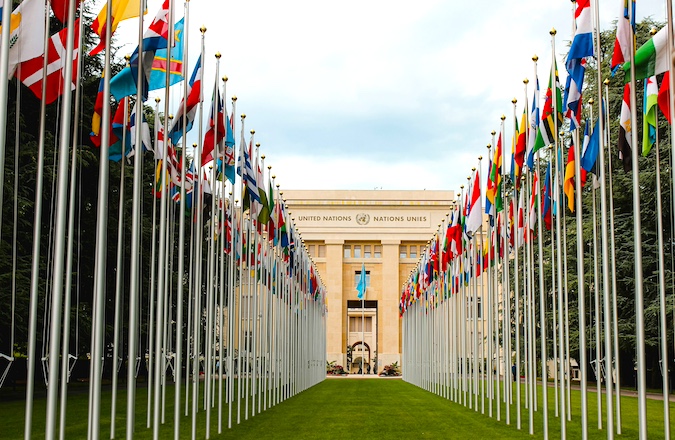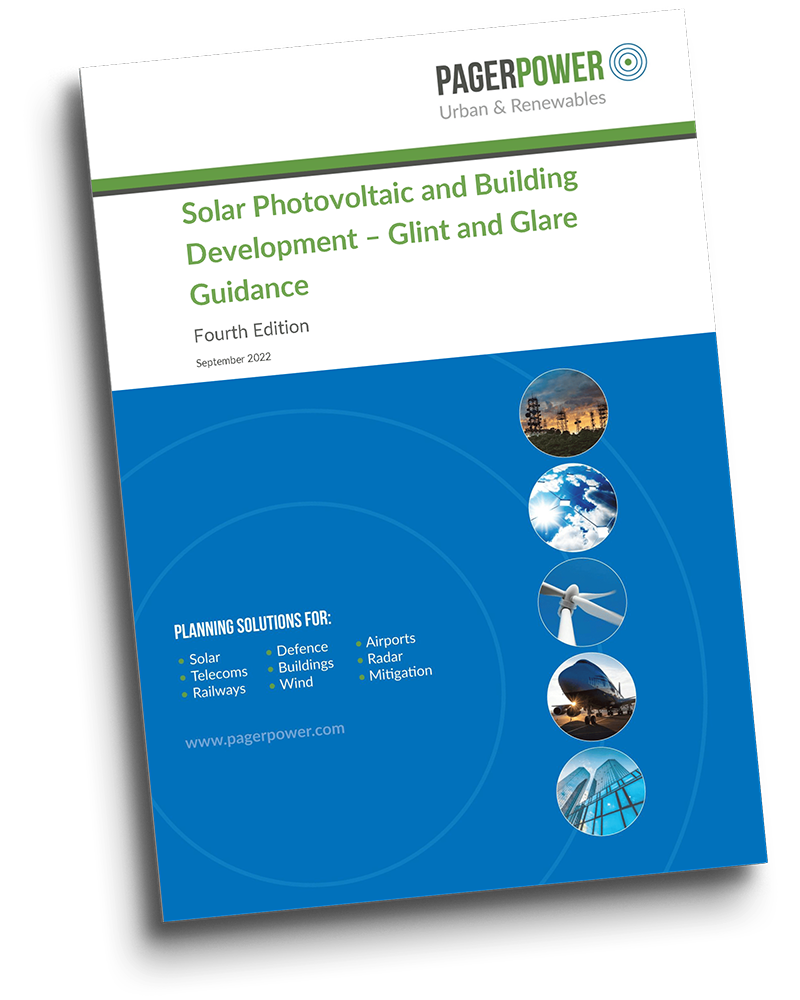Why Are Cities Hotter?

The Joint Research Commission of the European Commission has found that “nearly half of the roughly 10,000 cities in the world have faced increased heat exposure in the last four decades” [1], with an average temperature difference of plus 4-6°C between cities and their surrounding areas. So, what is causing these so-called urban heat islands?
 Figure 1: Hot City.
Figure 1: Hot City.
The Role of Concrete, Cars and Air Conditioning
The cause of the difference comes down mostly to the dark surfaces of urban areas; roads and concrete structures absorb heat radiation from the sun much better than grassy fields, vegetation and even crops. This absorbed heat is then slowly radiated back into the surrounding air throughout the day, and even into the night. Further to this, large numbers of vehicles and the ever-increasing amounts of air conditioning unit are displacing warm air from inside to outside, and this contributes to the rising air temperature within urban areas. And to compound this, particularly in the largest cities, the tall structures can limit airflow, leading to stagnant air being constantly heated like a pot of water on a stove.
Why Rural Areas Stay Cooler
On the flip side, more rural areas benefit from the energy draw of evaporation; bodies of water such as lakes, ponds, rivers and streams, and even vegetation such as bushes and trees, all contribute to decreasing the ambient air temperature through evaporation, as heat energy is transferred to water molecules to cause it to evaporate. Most cities do not have much in the way of water bodies, and they have significantly reduced vegetation, therefore missing out on the vital role these natural sources of cooling can provide.
The Outlook for a Warming Urban Future
Ultimately, as urban areas expand, and more people move to cities, the heat in these urban heat islands is likely to continue to be hotter than its surroundings, and city dwellers will be bearing the brunt of heatwaves still to come, which are likely to become more frequent, longer and hotter as climate change continues to generate more extreme weather.
About Pager Power
Pager Power undertakes technical assessments for developers of renewable energy projects and tall buildings worldwide. For more information about what we do, please get in touch.
References
[1] Joint Research Centre, “Urban heat islands: managing extreme heat to keep cities cool”, The Joint Research Centre: EU Science Hub, 22 July 2022.
(Online) Available: https://joint-research-centre.ec.europa.eu/jrc-news-and-updates/urban-heat-islands-managing-extreme-heat-keep-cities-cool-2024-07-22_en [Accessed 14 July 2025].
Figure 1: walk walk walk, unsplash.com, 13 December 2017. (Online) Available: https://unsplash.com/photos/aerial-view-photography-of-group-of-people-walking-on-gray-and-white-pedestrian-lane-n31JPLu8_Pw [Accessed 14 July 2025]https://www.pagerpower.com/wp-content/uploads/2025/07/hot-cities-thumbnail.jpeg







